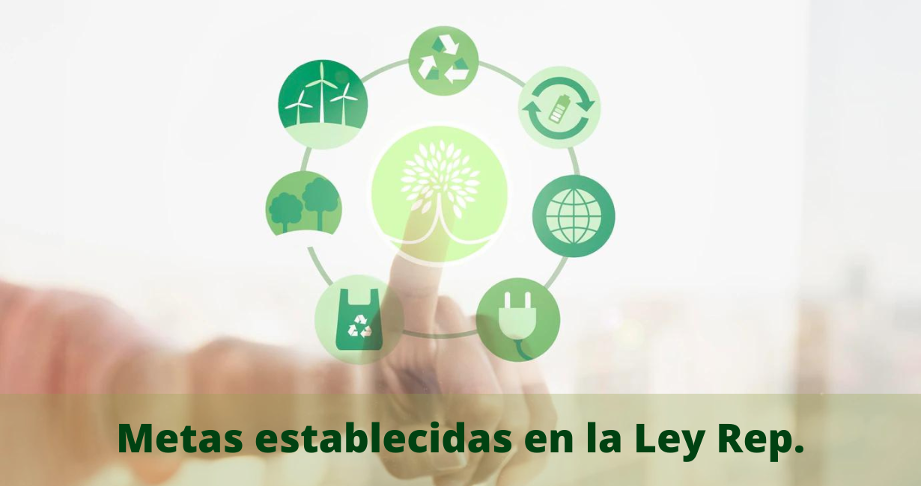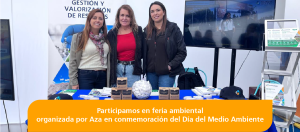
Although all the details related to the Extended Producer Responsibility Law (EPR Law) have been widely promoted and discussed in the industry, however to many companies the way to start behaving in order to meet the established goals is still an enigma.
Putting into context, it is necessary to understand that according to Ministry of the Environment data, each person generates 1.26 kilos of waste per day and at a national level approximately 24 thousand tons per day, which makes us, as a country, number #1 in the ranking in South America for the largest amount of garbage produced per person.
Of this total, it is estimated that the packaging recycling rate only reaches 4%, which is the reason why the EPR Law was created, to pursue the reduction of the generation of waste, sending it to landfills and promoting reuse, recycling and other types of valuation.
The principle of this rule is very clear: “Polluter pays”. In this sense, companies that generate waste must be responsible for it, as well as for internalizing the costs and negative externalities associated with its management, and will apply to companies that sell Priority Products (PP) such as Lubricating Oils; Electrical and electronic devices and batteries; car batteries; Containers and packaging and Tires.
To start taking action on the matter, starting this year (2022), companies that produce or import some type of product must finance the recycling of everything they put on the market, meeting progressive goals by 2035 depending on the type of circulating material (cardboard-paper, glass, plastic, cardboard for beverages, among others).
But how will they do this? The law establishes that each company may create its own Individual Management Systems (SIG); however, to many people this management is complicated given the number of procedures involved, so, for the container and packaging category, the ideal aim is to comply with the goals from a Great Collective Management System (Gransic) that proposes to recycle the same materiality, not the same container, with the objective that when the cost-efficiency ratio is greater, the goal is more easily achieved.
In the event that companies do not begin to generate actions in favor of meeting the established goals, they will risk large fines of up to 10,000 annual tax units. These faults would be: not listed in the registration; the management system is not authorized; to deliver false information to the Superintendence or Ministry; fail to provide the final report on waste collection and recovery goals (Source: El Mostrador).
For the goals associated with the management and treatment of the industrial waste generated, at Hidronor we can support you to responsibly comply with the established requirements. Our more than 25 years of experience have made us a strategic environmental partner that contributes to the sustainability of the environment by reducing the environmental impact with the treatment and correct disposal of hazardous waste.
Regarding the management of the defined Priority Products, we can support other companies with:
- Electrical and Electronic Devices: At a national level, we concentrate different electrical and electronic devices in disuse to be recovered at the recycling companies that carry out the dismantling process, extracting precious metals and aluminum from metal casings.
- Batteries: We deliver customized revaluation solutions and safe final disposal of this waste.
- Car Batteries: We re-evaluate car batteries that contain acid and lead to produce cathodes for mining.
- Containers and packaging: We provide treatment, revaluation and recycling of contaminated containers and packaging.
- Tires: We have recycling solutions for smaller scale tires (trucks and vehicles) through Greendot, a company of our own company.
We invite you to read more information about the implications of the EPR Law in our web section dedicated to the analysis of this regulation by clicking here.







